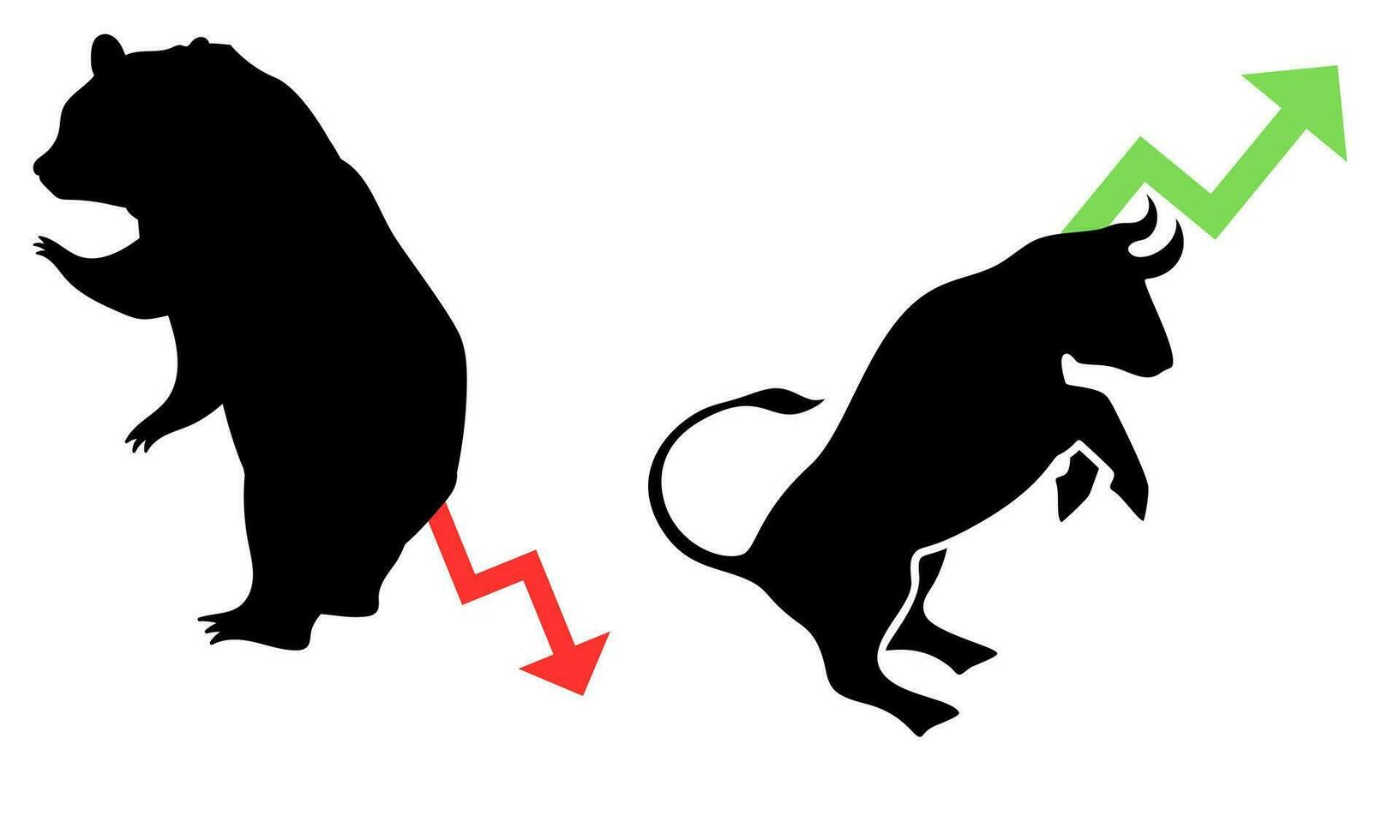Every trader or investor hears these terms tossed around like confetti at a New Year’s party: bull market and bear market. But what do they really mean, especially when you’re dealing with the wild world of cryptocurrency? Understanding these market cycles isn’t just for the stock market veterans—it’s crucial for anyone dabbling in the blockchain space. If you’re scratching your head about what is a bull market and bear market, you’re not alone.
At their core, a bull market represents a period when prices are rising or are expected to rise. The opposite is a bear market, where prices fall, usually by 20% or more from recent highs. Sounds straightforward, right? Well, when you add the rollercoaster ride that is crypto volatility, things get a lot messier.
“Bull markets are fueled by optimism, investor confidence, and expectations that strong results will continue. Bear markets are dominated by pessimism and fear.”
According to Chainalysis, the blockchain industry experiences market cycles similar to traditional markets but with amplified swings. In a bull market, blockchain projects see increased activity, token prices surge, and investor sentiment often swings to euphoric levels.
Investor sentiment plays a huge role here. When everyone trusts that prices will keep climbing, the crypto sector enters what experts call a “growth phase.” But if you think that means it’s time to swipe your credit card on Bitcoin, think again. Bull markets can also create bubbles fueled by hype rather than fundamentals.
“In crypto, the line between enthusiasm and hysteria is razor-thin.”
Flipping the coin, bear markets bring a mood shift that’s hard to miss. The industry sees reduced transactions, dwindling trading volumes, and plenty of finger-pointing. Crypto investors often experience panic selling as prices slump. But this phase isn’t just doom and gloom—it’s a necessary type of market correction that clears away the weaker projects.
Blockchain analytics firm Gemini explains that in bear markets, “investor behavior shifts drastically. Fear becomes the dominant emotion, and capital retreats to perceived safety.” This psychological flip can drive prices lower, sometimes far beyond what fundamentals might justify.
Identifying where we stand in the cycle isn’t guesswork—there are some key indicators. Market breadth, volume changes, and momentum indicators provide clues. However, thanks to the unpredictable nature of crypto, these tools are often as reliable as a weather forecast in a hurricane.
“Expecting consistent patterns in crypto markets is like trying to predict the next meme coin’s success—it’s mostly luck with a dash of hope.”
For example, trading volume surges can indicate a coming bull run, but they can also signal a frantic sell-off—a bear market symptom. Investor sentiment indexes and on-chain analytics like transaction counts or new wallet addresses provide additional layers of data. Yet none are foolproof, reinforcing just how tricky navigating these markets is.
Risk management takes on a new meaning in the blockchain universe. The volatility of cryptocurrencies dwarfs traditional assets. Some experts trust stablecoins or diversify their holdings to weather storms. Yet, market cycles can bounce unexpectedly, leaving even seasoned crypto pros biting their nails.
Cointelegraph points out, “Crypto’s risk profile demands unique strategies that adapt quickly to changing market conditions without relying solely on past market behaviors.”
In layman’s terms, that means strap in and keep your eyes peeled. Bull and bear markets aren’t just abstract concepts—they directly influence portfolio performance, startup funding, and innovation tempo in crypto. Overlooking these cycles is like trying to swim upstream in a riptide.
Disclaimer
The information on this website is for educational purposes only, and investing carries risks. Always do your research before investing, and be prepared for potential losses.
18+ and Gambling: Online gambling rules vary by country; please follow them. This website provides entertainment content, and using it means you accept out terms. We may include partnership links, but they don't affect our ratings or recommendations.
Crypto promotions on this site do not comply with the UK Financial Promotions Regime and are not intended for UK consumers.





